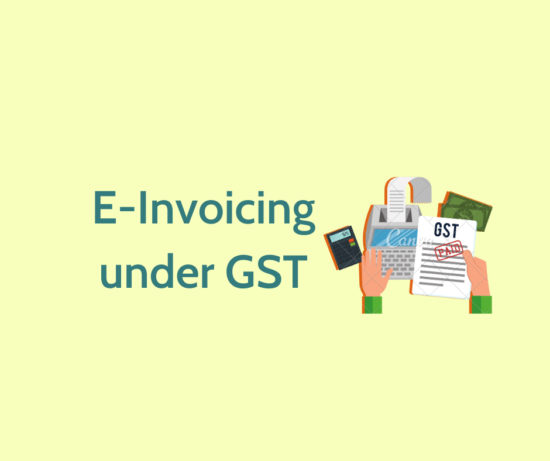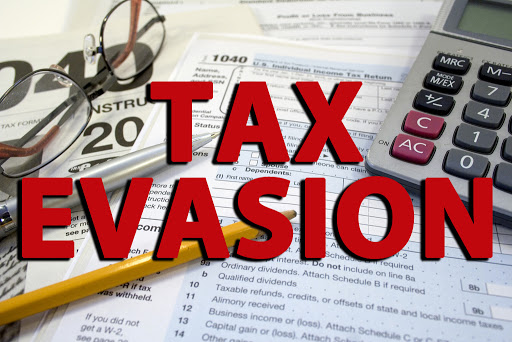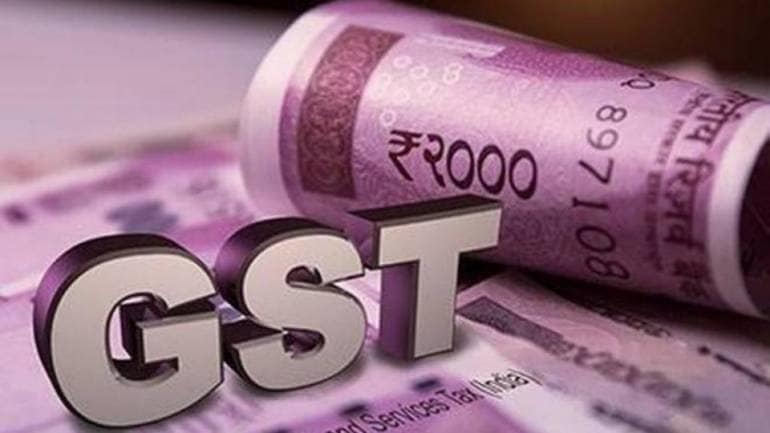Finance Secretary Ajay Bhushan Pandey on Friday said that e-invoicing will soon replace the existing e-way bill system. Further, it will also ease the return filing system for smaller and medium businesses.
e-Invoicing essentially involves reporting details of specified GST documents to a government-notified portal and obtaining a reference number. e-way bill is an electronic document showing GST due is paid, and is required for the movement of goods. From October 1, e-invoicing is mandated for businesses with annual turnover of more than ₹500 crore. By January 1, it will be available to taxpayers having turnover more than ₹100 crore a year. It will be finally made available to all taxpayers for B2B transactions from April 1, 2021.
Pandey chaired a meeting to review the progress of an e-invoicing scheme. The meeting was attended by officials of the tax department, GSTN and National Information Centre (NIC).
According to the Secretary, e-invoicing has many advantages, both for businesses and the tax administration. Buyers and sellers will be able to have real-time information related to the invoices. “It replaces the physical invoice and will soon replace the existing e-way bill system and taxpayers will not have to generate separate e-way bills,” he said.
He also said that the e-invoicing system can eventually dispense with the present system of filing GST returns for smaller businesses and MSMEs. e-invoice will pre-populate returns and they have to simply pay the taxes. “The returns will be automatically generated for all supplies for which e-invoice have been issued,” he said.
On the performance of the e-invoicing scheme, Pandey said: “This is the beginning of a new chapter on the ease of doing business and paying taxes in India,” he said. From October 1 to October 7, Invoice Reference Number (IRN) generation has grown by 163 percent, touching 13.69 lakh IRNs.
“As e-invoicing is an exceedingly progressive system, we expect that it will also have other major advantages of improving the payment cycle for the industry and give a boost to invoice-based lending to MSMEs,” he added.
According to GSTN and NIC, as per the statistics available, within seven days of the introduction of e-invoicing, more than 69.5 lakh IRNs were generated by about 71,000 users. On the very first day of introduction, more than 8.4 lakh IRNs were generated by 8,453 users, while on October 7, about 13.69 lakh IRNs were generated by 14,100 users. Around 82 percent of IRNs were generated using GSP mode, while 15 percent were generated via direct Application Programming Interface (API) mode. Only 3 percent were generated through bulk uploading using offline tools.
Source: thehindubusinessline.com
***
[rainbow]Don’t miss the next GST Update / Article / Judicial pronouncement[/rainbow]
Subscribe to our newsletter from FREE to stay updated on GST Law
Resolve your GST queries from national level experts on GST free of cost.
TW Editorial Team comprises of team of experienced Chartered Accountants and Advocates devoted to spread the knowledge of GST amongst the various stakeholders.



